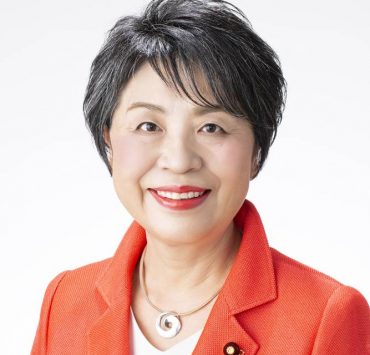A more meaningful legacy

Health-care workers (HCWs), the country’s frontliners during the COVID-19 pandemic, will finally receive the allowances that the government owes them—after a two-year wait.
The Department of Budget and Management (DBM) was set to release last Friday the amount of P27 billion to cover all unpaid claims for HCWs’ health emergency allowance (HEA). This covers payment for 5,039,926 remaining validated HEA and 4,283 COVID-19 sickness and death compensation claims of eligible HCWs and non-HCWs.
Budget Secretary Amenah Pangandaman called it a “fulfilled promise” to HCWs who took to the streets several times out of desperation to demand the release of the HEA.
The timing is impeccable—a little over two weeks before President Marcos’ mid-term State of the Nation Address (Sona) on July 22.
Mr. Marcos, in his Sona last year, promised the release of the HEA to repay the sacrifices of HCWs in private and public hospitals during the pandemic (“upang masuklian naman natin ang naging sakripisyo ng ating mga health workers sa pribado at pampubliko na mga ospital noong nakaraang pandemya”).
The HEA, provided under Republic Act No. 11712 signed in April 2022, was supposed to be released monthly. Finger-pointing between the DBM and the Department of Health (DOH) over the delay caused the unpaid claims to balloon to billions.
Now that it has been released, the government must complete disbursement within these two weeks so that Mr. Marcos, by the time he delivers his Sona, could tick this box in his long list of promises and rightfully claim it has been delivered.
Prohibitive costs
Among the Marcos administration’s accomplishments in the health sector over the past year are: offering free 156 dialysis sessions, an increase from the previous 90; and the roll-out of the enhanced Philippine Health Insurance Corp. Konsulta Package offering 21 essential medicines and 15 laboratory tests for free.
Some of the laboratory and diagnostic exams under the package are complete blood count with platelet count, urinalysis, fecalysis, sputum microscopy, pap smear, oral glucose tolerance test, electrocardiogram, and creatinine.
Offering these tests for free is a huge help to poor Filipinos who are often daunted to go for check-ups because of the prohibitive costs.
However, there are still other promises that this administration needs to fulfill to the health sector with only four years left to do them. That sounds like a lot of time but it may not be enough especially if it wants to build multiple health-care facilities specializing in heart, kidney, cancer, and pediatrics all over the country.
The Philippines’ archipelagic nature is a barrier for many poor patients who cannot afford travel costs to Metro Manila or capital cities, where these specialized treatment centers are mostly located.
Specialty medical centers
In August 2023, Mr. Marcos signed RA 11959, or the Regional Specialty Centers Act, mandating every region to have a specialty medical center. The government allocated P11.12 billion this year for the construction of specialty medical centers in different places.
Last January, the President reported that the country already has 131 specialty centers nationwide although it was not specified whether these were established during his term or if they were carried over from the previous administration.
The government need not build these hospitals from the ground up; RA 11959 stipulates that these treatment centers be established in already existing DOH hospitals. However, the government will have to allocate resources to upgrade equipment and provide for medical specialists.
The latter can be done by training local personnel to provide specialized care. This could be an opportunity for government to stop the brain drain of medical professionals by creating equal opportunities for them at home. Many Filipino nurses and doctors are forced to seek greener pastures overseas because of the toxic work environment in the country ranging from low pay to the lack of career growth.
Preventive health care
In his first Sona, Mr. Marcos also promised to provide accessible health care for all. One way to do this is to offer free annual medical check-ups, a public service that could make a huge difference for poor Filipinos, many of whom die without even seeing a medical professional in their lifetime.
There are pending measures proposing this that Mr. Marcos could consider including in his list of priority legislation to ensure that the public has access to preventive health care.
Government data show that the top three causes of death in the country as of September last year were ischemic heart diseases, neoplasms, and cerebrovascular diseases. Giving Filipinos access to medical check-ups could help prevent or lower their chances of developing diseases.
Ensuring an efficient health program that is responsive to the evolving needs of every Filipino is a much more meaningful legacy for Mr. Marcos than cosmetic or superficial measures such as changing DOH’s name to the Department of Health and Wellness.

















